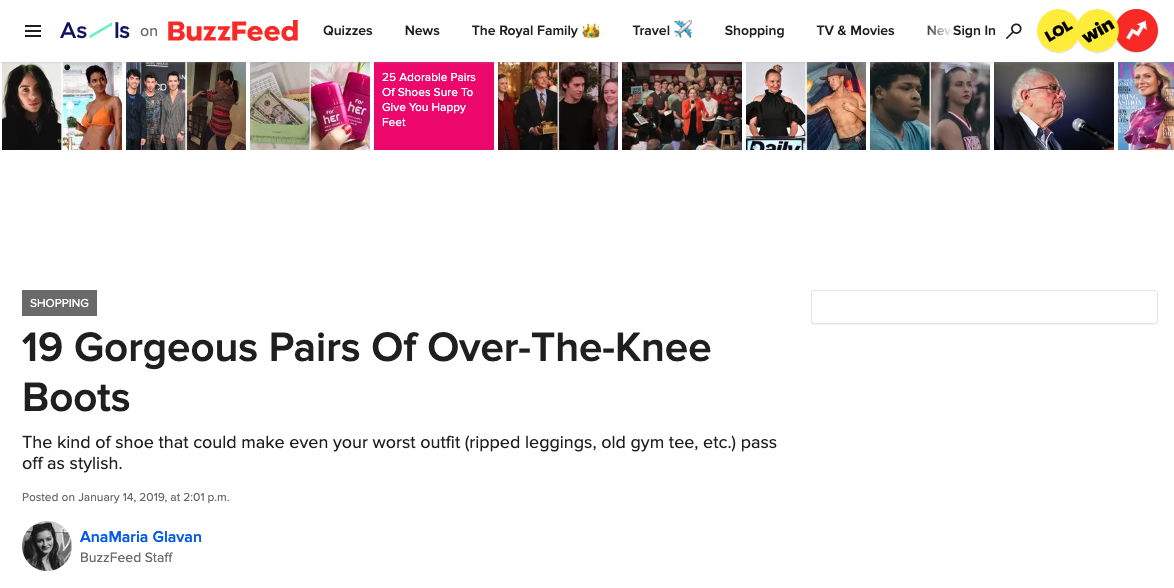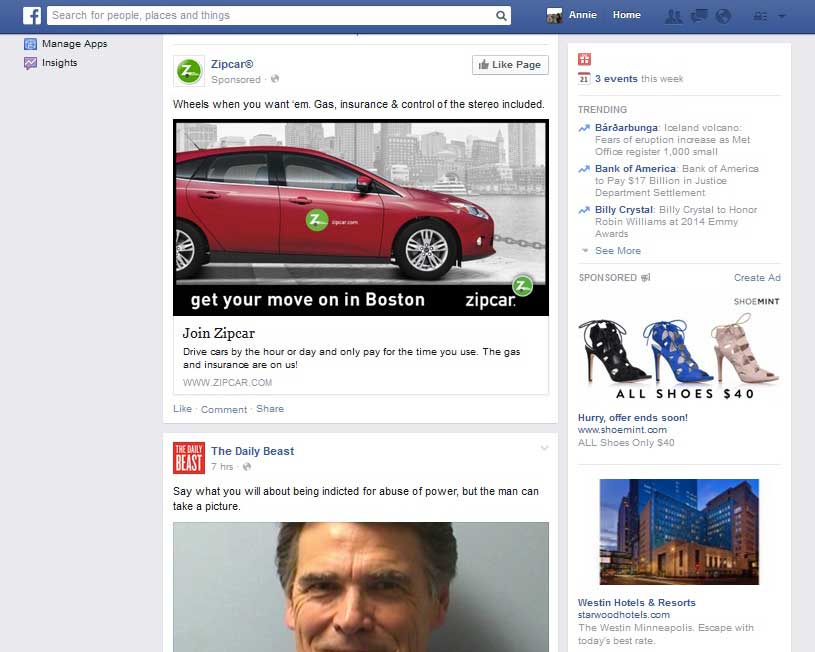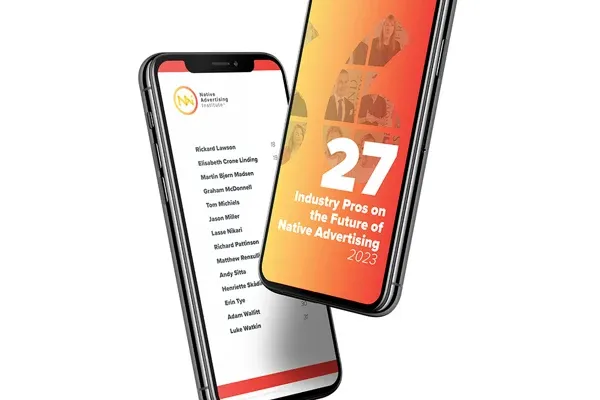
 Details
Details
When was the last time you gave the same level of attention to a piece of traditional advertising that you might when engaging with content from your favourite newspaper, blogger, or YouTuber?
I'm willing to make an educated guess that it's probably been a while, if ever. The fact is, today’s consumers do not like advertising!
In fairness, the fallout between consumers and advertisers has been brewing for years now. It's hardly surprising. Consumers are bombarded with adverts, and too many brands fail to live up to their promise.
Marketers have subsequently sought to move away from traditional advertising and look to overcome the challenges of reaching customers in a non-obtrusive way. Both content marketing and native advertising seeks to do this but what exactly is the difference between the two?
How Do Content Marketing and Native Advertising Help?
Content marketing has proven to be an effective solution. Today's consumers are avid researchers, and they want information about the products and services before they make a purchasing decision.
Native advertising is an extension of content marketing and provides marketers with a platform to place content in front of a wider audience they wouldn't ordinarily reach.
Native advertising vs. content marketing does in this way have the same fundamental goal of promoting products and services without appearing to be an advertisement, but there is a significant difference in the approach, cost and delivery.
→ RELATED ARTICLE:
Differences between native advertising and traditional search

The Essence of Content Marketing
The ultimate goal of content marketing is to build a following of readers that trust your brand. It’s a long-term strategy that demonstrates credibility and positions you as an expert in your field such as this example from Satair's Knowledge Hub.
There are many facets to content marketing and strategies that require precise planning. The added value of this strategy is that high-quality content can improve your search engine rankings and improve your organic online visibility.
The Essence of Native Advertising
Native advertising is essentially a content marketing strategy. The objectives are the same in that you are publishing content that provides readers with value.
In a nutshell, native advertising is paid content disguised as organic content. It is hosted on third-party websites, the space of which is paid for by the advertiser.
The fundamental requirement of native advertising is to integrate a piece of content into a targeted environment seamlessly. Regardless of the platform, the content must appeal to the site's general audience.
→ RELATED ARTICLE:
Our Definition of Native Advertising
The Difference Between Native Advertising vs Content Marketing
Essentially, native advertising involves paying for ad placement in order to gain access to a wider readership, where as with content marketing the idea is that you create your own readership. But to fully grasp the difference between native advertising and content marketing, it is essential to understand the difference between owned media and paid media.

In the words of digital marketing influencer, Heidi Cohen, "An owned media platform is a content management system where the information, its format and the means of distribution are totally under your organization's control."
Content marketing, therefore, is an inbound marketing strategy that involves building your audience and pulling it towards your advertising platforms.
Native advertising, on the other hand, is regarded as paid media that takes advantage of an audience that has already been established by a third-party platform.
Exposure to an existing audience saves a significant amount of time and resources. The initial outlay is more expensive, but the potential response rates are more immediate.
→ RELATED ARTICLE:
If You’re Not Embracing Native Advertising, Your Content Marketing Strategy Is Obsolete
Why Choose Native: New Opportunities
There are several ways for marketers to take advantage of native advertising. The key factor is that your content is relevant to the audience of the website you intend to publish on.
As with content marketing, native advertising content should be rich in quality and provide readers with valuable information they want to know about - and not necessarily just what you want to tell them.
You should bear in mind that website owners have the right to refuse content if it is not relevant, or if the quality is substandard. The best native ad placements can be found on the following platforms:
- Mainstream publications
- Media publishers with high domain authority (Tumbler, Buzzfeed etc)
- Social media platforms
- Native advertising networks
Advertorials
Since the shift to online channels, mainstream publications have been forced to move away from editorial teams printing traditional “news” items. The majority of their income is now generated through advertising streams.
A significant portion of online content published in mainstream media websites such as New York Times, FT and Bild comes in the form of “advertorials” or sponsored content.
Advertorial content is long-form articles that typically highlight a problem and name a company that offers a product or service that provides a solution.
Advertorial content should provide relevant information in a non-promotional manner. Some, but not all, publications will allow publishers to place a do-follow link to the company’s website in the ad.
→ RELATED ARTICLE:
The ultimate guide to advertorials
In-feed native advertising
The other native advertising option across digital media publications is sponsored content. These are the “clickbait” ads typically placed underneath the article or in the sidebar menu.
Media agencies play an important role in the native advertising landscape. These platforms provide the bridge between advertisers and consumers using a constructive methodology to pitch relevant content to the right audience.
Native ads on media sites are integrated into news feeds and appear as content other users will find of interest, in relation to the focus of the content that they're already reading or that is geared to the general interests of the audience.

You can see an example of native advertising in the image above. Here, an ad for cheap fashion items has been positioned inside an article about over-the-knee boots.
→ RELATED ARTICLE:
The types of native advertising in 2024
Social media networks
Social media networks take advantage of the native advertising concept by incorporating the strategy into their sponsored ad programs. Social media users are used to seeing content appear in their newsfeed, so it doesn’t feel like sponsored content is being pushed on them.
The algorithms used by social media networks also make it easier for advertisers to reach targeted audiences. The other advantage is that high-quality content is shared by end users and other businesses that are using social strategies to interact with their own audience.

Native advertising and content marketing can essentially look and feel the same. However, brands that use the right channels for native advertising can build an audience and develop online credibility quicker than using a content marketing strategy alone.
→ RELATED ARTICLE:
How to Create Native Facebook Content That Drives Business Results



